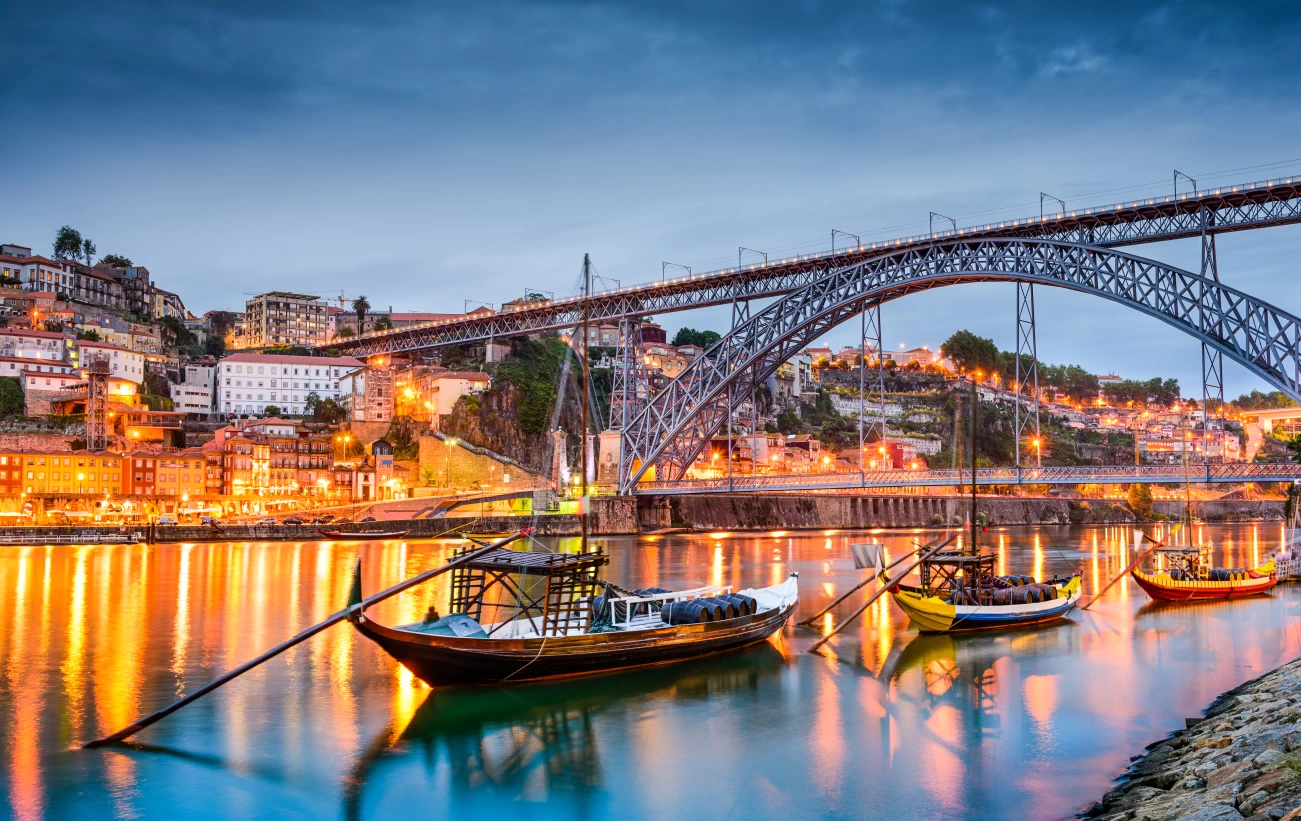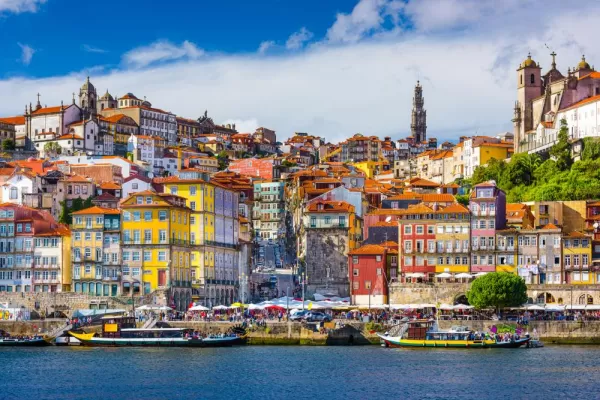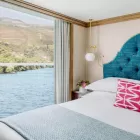Go medieval today to Castelo Rodrigo, the name of a hilltop castle, as well as the village surrounding it. The view from the top is incredible, and the village is a charming place to ramble, relax, and replenish. Alternatively, lace up your hiking boots and unleash your inner Indiana Jones with an up-close gander at some prehistoric carvings at an archaeological park.
Choose between:
Castelo Rodrigo
Ride through the wonderfully scenic countryside—the region is noted for its honey, which derives its flavor from the fields of wild lavender and the almond groves you’ll pass—to Castelo Rodrigo, the name of both a castle and the village it shelters. The castle ruins stand high atop Marofa Mountain, telling the tale of border strife and Portugal’s struggle for independence in a single structure. Construction on the citadel began in 1209 under the auspices of the king of Leon, but it became part of Portugal within a century—though its local lords sided with Spanish rulers from time to time over the next four centuries. That’s why the palace adjoining the castle lies in ruins: Outraged citizens destroyed it after its lord sided with Castile. Take in the amazing view from the ancient stone walls, then step down through the tiny cobbled lanes of the village, passing the old pillory, the Manueline church, and the town’s market square. It’s not all history, of course. You’ll also get to sample delicious local treats, such as honey, almonds, olive oil, and cheeses, and a newly restored tea house invites you to relax over a cup of tea or a cool drink.
OR
Archaeological Park of the Côa Valley
Ready for an expedition worthy of Indiana Jones? Today’s your chance. In the 1990s, scouting for a proposed dam project on the Côa River revealed an astonishing collection of prehistoric carvings, among them horses, deer, and aurochs that span eons. The oldest images etched into the schist walls around the river date to approximately 22,000 to 20,000 BC, with younger carvings ranging from the Epipaleolithic, Neolithic, and Bronze ages to the 17th century—images that represent human interaction with the natural world for more than 30,000 years. Learn about this amazing area and see the original rock art for yourself when you visit the Côa Valley with your knowledgeable guide. It is an illuminating adventure. Note: Exploring these sites requires sturdy hiking footwear and considerable physical fitness: You’ll take a four-wheel drive down dirt roads and hike into rocky and hard-to-access locations.






















